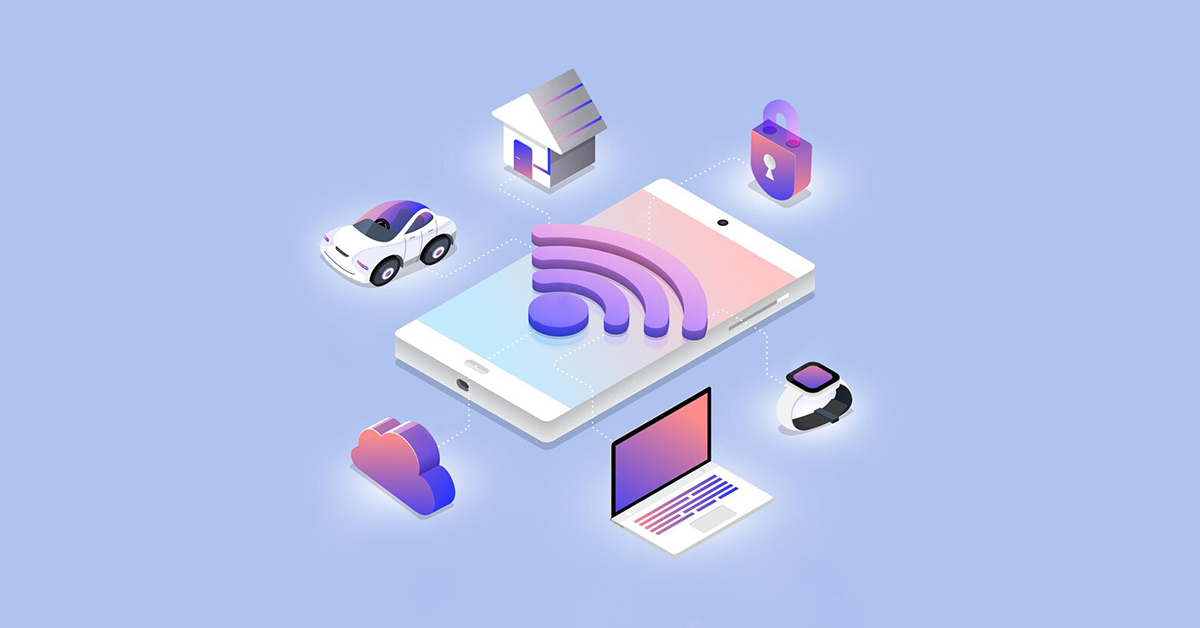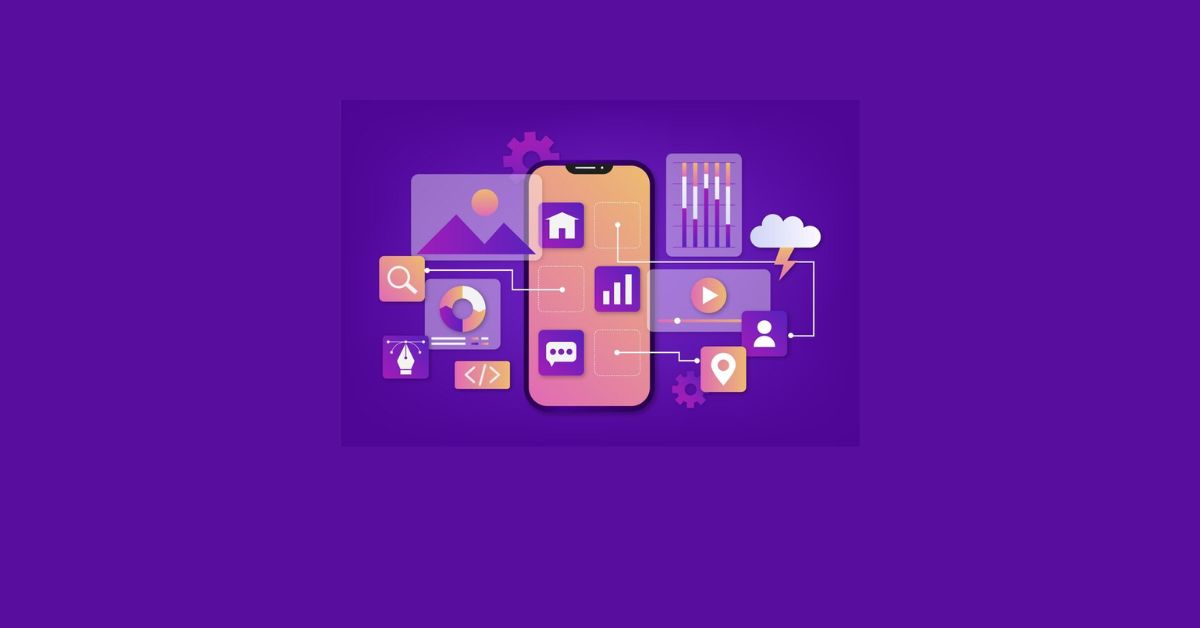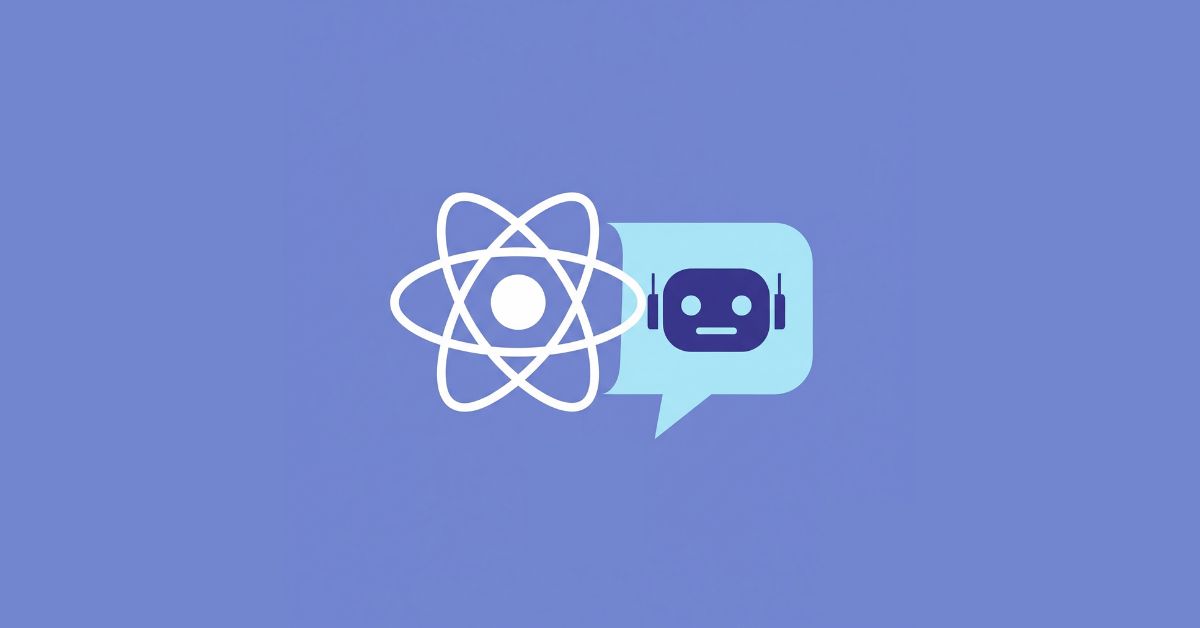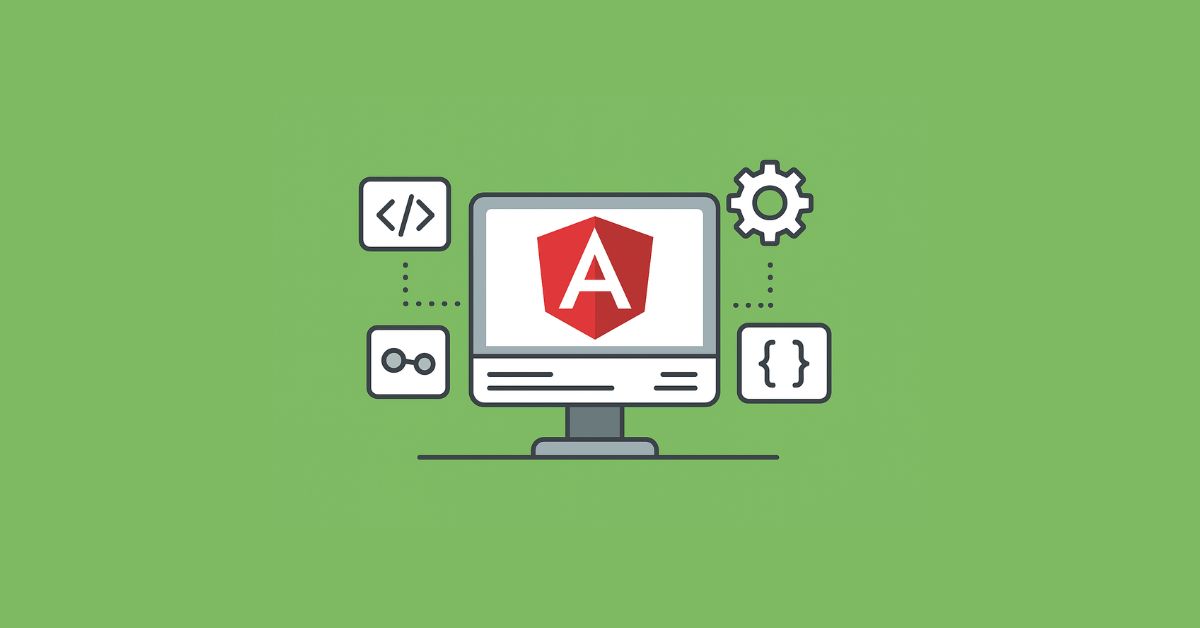What's Inside
The Internet of Things (IoT) refers to the interconnectivity of physical devices, vehicles, buildings, and other items that are embedded with sensors, software, and network connectivity, enabling these objects to collect and exchange data. IoT allows for the creation of smart systems that can make our lives easier, safer, and more efficient.
The concept of IoT has been around for several decades, but it wasn’t until the early 2000s that advances in technology and the widespread adoption of the internet made it possible to realize its potential. Since then, IoT has continued to evolve and expand, with more and more devices being connected to the internet every day. Today, IoT has the potential to transform industries and society as a whole, and it is rapidly becoming a key component of the digital revolution.
IoT is made up of several components, including devices, sensors, actuators, and network connectivity. These components work together to collect and exchange data, allowing for the creation of smart systems that can monitor and control various aspects of our lives. For example, a smart home system might use sensors to monitor temperature, humidity, and light levels, and then use actuators to adjust these levels based on the data collected.
IoT has the potential to have a profound impact on both society and businesses. For example, in healthcare, IoT can improve patient outcomes by enabling remote monitoring of patients and providing real-time data that can inform treatment decisions. In retail, IoT can improve the customer experience by providing personalized recommendations and enabling fast, convenient checkout processes. And in agriculture, IoT can improve yields and reduce waste by enabling farmers to monitor crops and soil conditions in real time.
If you’re new to IoT and want to understand its definition, types, and real-world uses, check out our complete guide on “What is IoT – Definition, Types, and Uses“
Benefits of Internet Of Things
The benefits of internet of things implementation are numerous and include increased efficiency, improved safety and security, and better decision-making. For businesses, IoT can help to reduce costs and increase revenue by enabling real-time monitoring and control of operations. For individuals, IoT can improve the quality of life by enabling the creation of smart homes and cities. And for society as a whole, IoT has the potential to help to address global challenges such as climate change and resource depletion by enabling more efficient use of resources.
1. Improved Efficiency and Productivity
IoT devices streamline operations by automating repetitive tasks and providing real-time monitoring. For example, factories use IoT sensors to track machine performance and detect faults before they escalate. This reduces downtime and ensures smoother workflows.
2. Cost Reduction
By preventing unplanned outages and optimizing resource use, IoT helps companies save money. Smart energy meters, for instance, allow businesses to reduce power consumption, while predictive maintenance cuts down on repair costs.
3. Data-Driven Insights
Every IoT device collects valuable data. When analyzed, this data uncovers trends, highlights inefficiencies, and supports better decision-making. For example, retailers use IoT data to understand shopping behavior and optimize inventory.
4. Enhanced Customer Experience
IoT enables businesses to personalize their services. Connected cars send alerts for maintenance, wearables track health metrics, and smart appliances adjust settings automatically—all of which improve user satisfaction.
5. Competitive Advantage and New Revenue Streams
Early adopters of IoT gain an edge over competitors. Beyond improving existing processes, IoT also enables entirely new business models, such as subscription services for connected devices or selling anonymized data insights.
Applications of IoT in Different Industries
IoT in Healthcare
In healthcare, IoT has the potential to transform patient care by enabling remote monitoring of patients and providing real-time data that can inform treatment decisions. For example, IoT-enabled devices such as wearable health monitors can track a patient’s vital signs and transmit that data to healthcare providers, who can then use the data to make informed decisions about patient care.
IoT in Retail
In retail, IoT can improve the customer experience by providing personalized recommendations and enabling fast, convenient checkout processes. For example, IoT-enabled sensors can track customer movements and preferences, allowing retailers to provide targeted recommendations and improve the shopping experience. IoT can also improve the efficiency of retail operations by enabling real-time monitoring of inventory levels and enabling faster, more efficient checkout processes.
IoT in Agriculture
In agriculture, IoT can improve yields and reduce waste by enabling farmers to monitor crops and soil conditions in real time. For example, IoT-enabled sensors can monitor soil moisture levels and provide real-time data to farmers, who can then use that data to optimize irrigation and improve crop yields. IoT can also help to reduce waste by enabling farmers to monitor crop conditions in real time and take action.
IoT in Automotive
In the automotive industry, IoT can improve safety and efficiency by enabling vehicles to communicate with each other and with infrastructure. For example, IoT-enabled cars can communicate with each other to avoid accidents, and with traffic management systems to improve the flow of traffic. IoT can also improve the efficiency of logistics operations by enabling real-time tracking of vehicles and cargo.
Read in detail about the Automotive IoT | Real time Benefits And Use Cases
IoT in Artificial Intelligence
In the field of artificial intelligence, IoT can improve decision-making by providing real-time data that can inform AI algorithms. For example, IoT-enabled sensors can collect data from various sources and transmit that data to AI systems, which can then use the data to make informed decisions. IoT can also help to improve the accuracy of AI algorithms by providing a larger and more diverse data set.
IoT in Cyber Security
In the field of cyber security, IoT can improve security by enabling real-time monitoring of devices and networks. For example, IoT-enabled sensors can monitor network activity and alert security teams to any potential threats. IoT can also help to improve security by enabling the implementation of security measures such as encryption and firewalls at the device level.
Related to read: IoT Security and Privacy Concerns: How to Protect Your Connected Devices
IoT in Defence
In the defence sector, IoT can improve the safety and effectiveness of military operations by enabling real-time monitoring and control of systems and equipment. For example, IoT-enabled devices can monitor the performance of military equipment and provide real-time data to soldiers in the field, allowing them to make informed decisions and respond quickly to changing conditions. IoT can also help to improve logistics operations by enabling real-time tracking of supplies and equipment, and by providing better visibility into the supply chain.
Working with a professional IoT development company ensures businesses get secure, scalable, and customized solutions.
Conclusion
In conclusion, the Internet of Things Services has the potential to transform industries and society as a whole by enabling the creation of smart systems that can improve efficiency, safety, and decision-making. Whether in healthcare, retail, agriculture, automotive, artificial intelligence, or cyber security, IoT has the potential to bring about significant positive change and provide numerous benefits to individuals and businesses alike.








